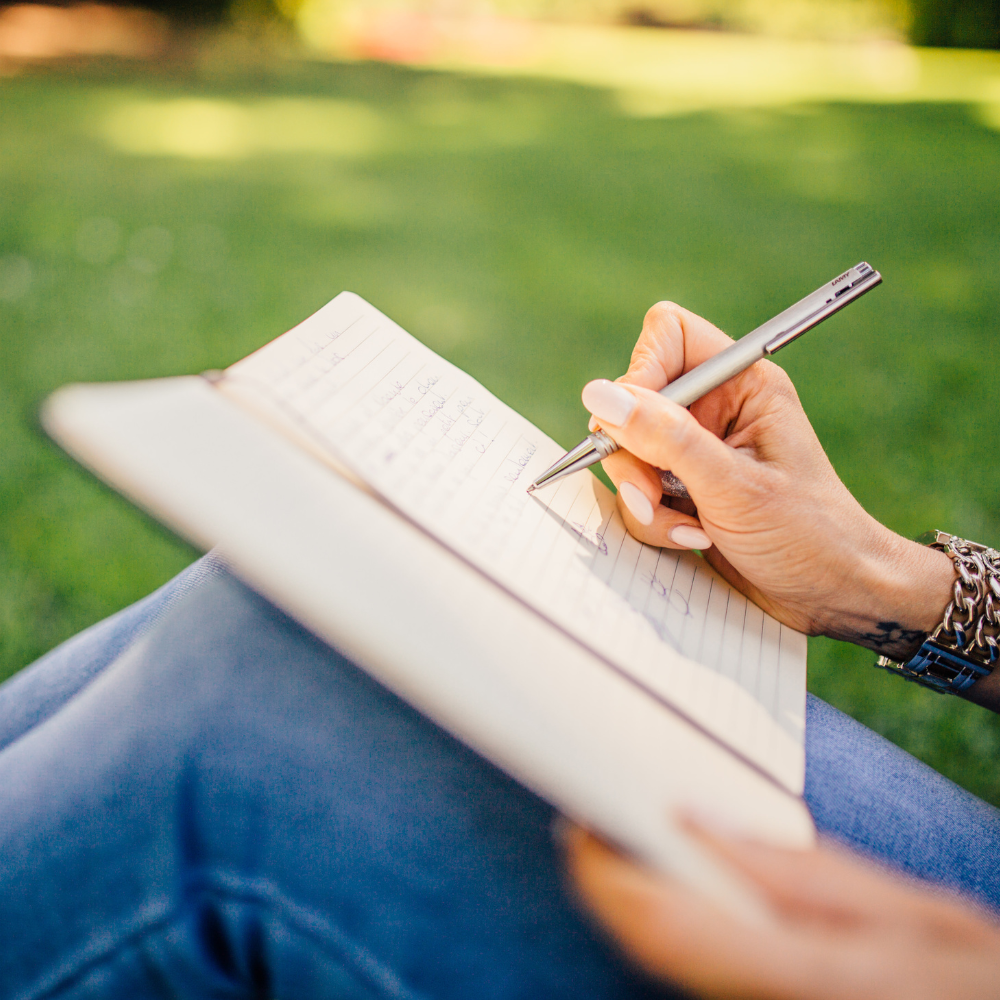Embark on a captivating adventure into the world of creative journaling, a practice where words meet art in a dance of self-expression and discovery.
This comprehensive guide is your all-access pass to blending writing, sketching, painting, and collage into a personal masterpiece.
Whether you're looking to capture fleeting thoughts, explore deep emotions, or simply bring more creativity into your daily life, we'll walk you through every step with practical advice and innovative ideas to keep your creative spirit alive and thriving.
It's time to start your creative journaling journey, exploring practical advice and creative ideas to keep your creative juices flowing.
Let's dive into the colorful world of creative journaling and unleash your inner artist!
Key Takeaways:
- Understand the basics of creative journaling and the essential supplies needed.
- Learn various techniques to kickstart your creative journaling journey.
- Discover how to maintain consistency and evolve your journaling practice.


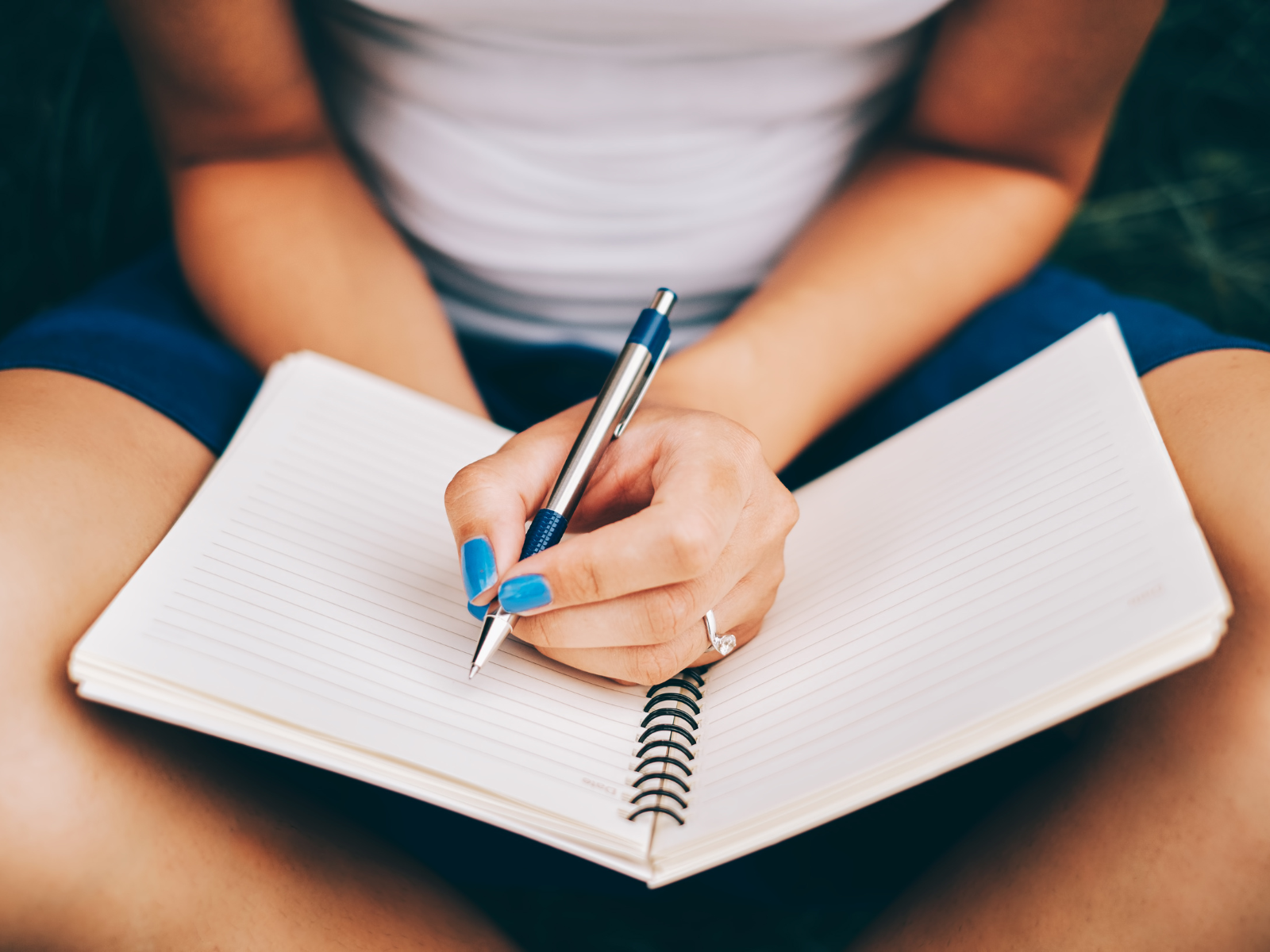
Understanding Creative Journaling
Creative journaling is more than just keeping a diary.
It's an artistic venture where the written words meet visual expressions.
This form of journaling allows you to explore your creative side while documenting your life.
It's a fun way to relieve stress, enhance your artistic skills, and develop a deeper sense of self-expression.
Choosing Your Journal
Selecting the right journal is the first step in your creative journaling journey.
Art journals come in many different types, from watercolor paper to mixed media pads.
Consider what mediums you will be using—such as acrylic paint, watercolors, or pen and ink—to ensure the pages can hold up to your artistic endeavors without bleeding through.
Gathering Art Supplies
To dive into creative journaling, you'll need some basic art supplies.
Start with pencils, pens, and erasers for sketching and writing.
Gradually expand your collection to include paints, brushes, markers, and any other artists' tools that inspire you.
Remember, the quality of your supplies can influence your enjoyment and the outcome of your art piece, but don’t let extra cost deter you; start with what you have and upgrade later.
Techniques to Spark Creativity
One of the most exciting parts of creative journaling is the endless possibility for creative projects.
Try techniques like collage, where you can incorporate paper ephemera, photos, and fabric into your pages.
Stenciling and stamping can also add a unique touch to your journal, creating a focal point on your pages.
Incorporating Text and Images
Combining text and imagery is a cornerstone of art journaling.
Use your journal to draft mind maps, write poetry, or narrate stories alongside your drawings and paintings.
This fusion not only beautifies your journal but also enhances the personal connection to what you create.
Exploring Themes and Concepts
Your journal can focus on a specific theme or explore a variety of topics.
Some journalers find it helpful to dedicate entire journals to significant life events or personal interests.
Themes can be as broad as nature and travel or as specific as a particular book or philosophical question.
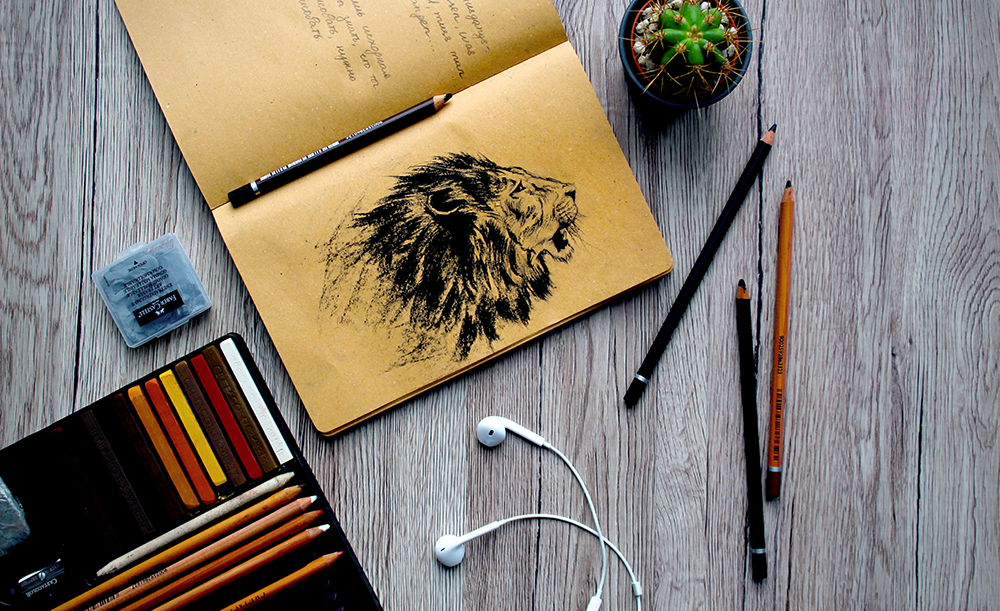

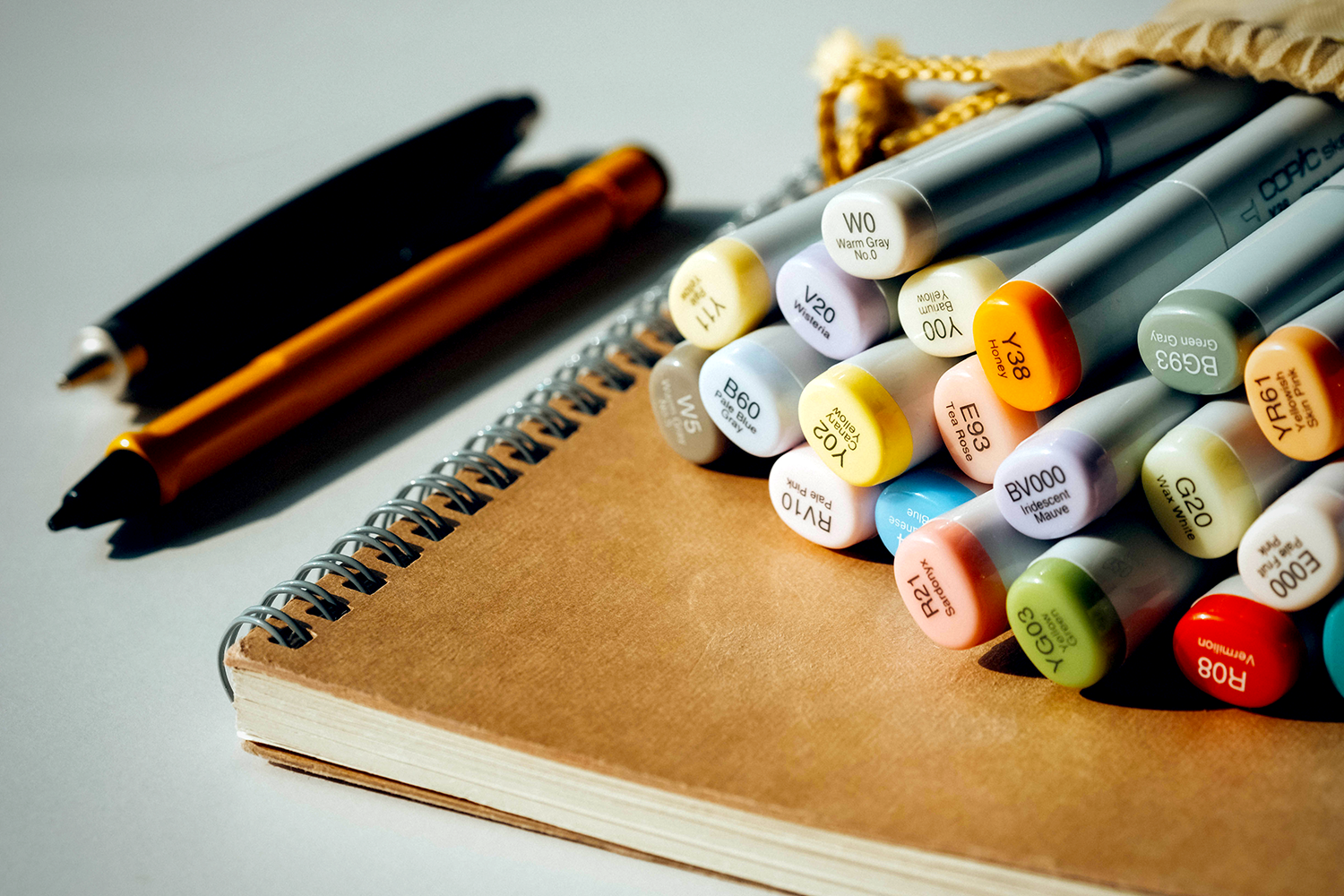
Embracing Free Form Journaling
Free form journaling stands as an excellent place for any creative person to let their ideas flow without constraints.
This style of journaling does not adhere to any specific structure or rules, making it a playground for self-expression and creativity.
Whether you're scribbling quick thoughts, sketching, or pasting loose paper with doodles, free form journaling is about letting your inner artist roam free.
It's about making art in the most personal way, turning a blank page into a reflection of your thoughts and feelings at any moment.
Moreover, free form journaling can be particularly liberating for those who find traditional journaling methods restrictive.
It allows you to mix media, such as drawing and writing, or even incorporate elements of bullet journaling and art journaling into a single book.
This method encourages you to have a little fun with your creative process, experimenting with colors, patterns, and textures.
It's a way to explore your artistic side without the pressure of creating something perfect, fostering a genuine connection with your creative self.
Harnessing the Power of Mixed Media
Mixed media art journaling is a dynamic form of self-expression that combines various artistic mediums to create rich, textured pages.
By integrating elements such as paint, collage, and ink, journalers can explore their creativity without boundaries.
This approach not only enhances the visual appeal of your art journal but also allows for a deeper exploration of emotions and narratives.
The combination of different materials can lead to unexpected and inspiring results, making each page a unique discovery in your artistic journey.
Incorporating mixed media into your art journal can seem overwhelming at first, but the key is to experiment and let your instincts guide you.
Start with simple combinations, like pencil drawings adorned with watercolor washes or photographs enhanced with doodles.
As you grow more comfortable, you can introduce more complex materials like fabrics or metal pieces.
This method of layering different mediums will help you develop a more nuanced approach to your art journal, turning it into a vivid tapestry of your creative endeavors.
Balancing Structure with Spontaneity
Creative journaling thrives on the delicate dance between planned structure and spontaneous self-expression.
For many, setting up a basic framework with designated sections for daily reflections, sketches, and thematic explorations provides a comforting scaffold that encourages creativity rather than stifling it.
This structured approach helps journalers to consistently capture moments and ideas without the pressure of facing a blank page.
It's like having a map in a treasure hunt; you know the boundaries, but you're free to discover the treasure anywhere within them.
However, the magic often happens in those unplanned, spontaneous entries that break the mold.
Allowing yourself the freedom to deviate from the established structure can lead to profound insights and bursts of creativity.
Whether it's a sudden inspiration from a dream, an overheard conversation, or a striking image that caught your eye during the day, these serendipitous moments can add incredible depth and authenticity to your journal.
It's in these instances that the journal transforms from a mere collection of pages to a vibrant canvas of personal growth and exploration.
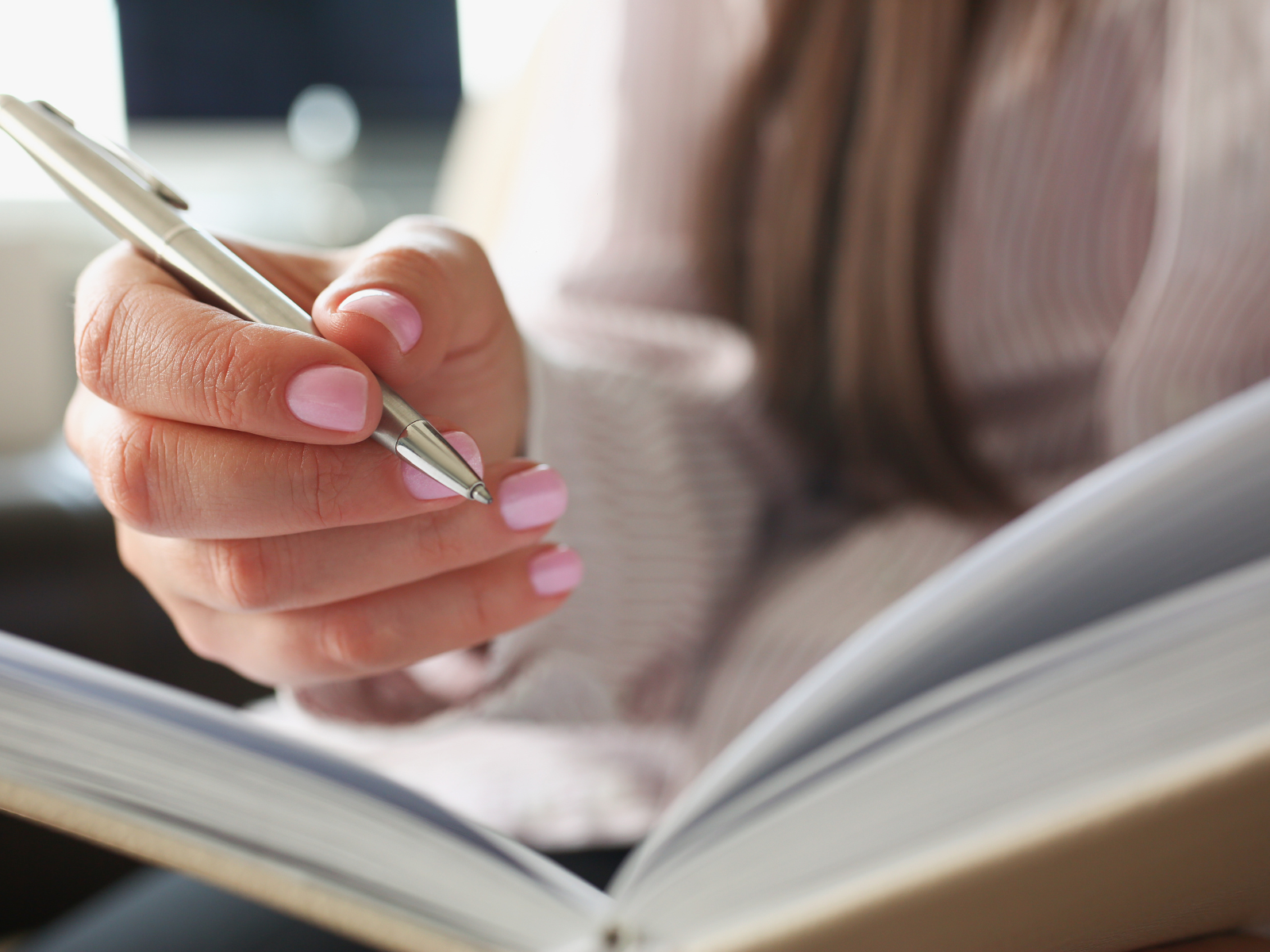
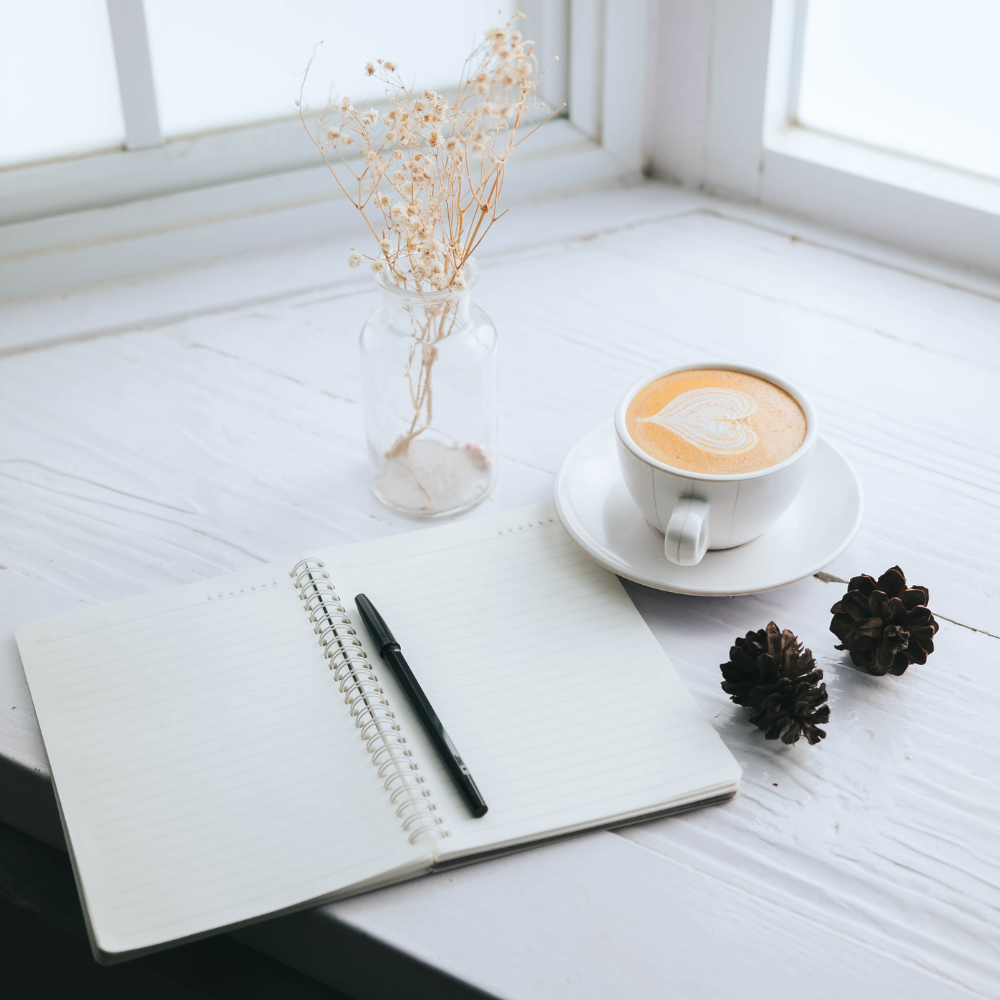
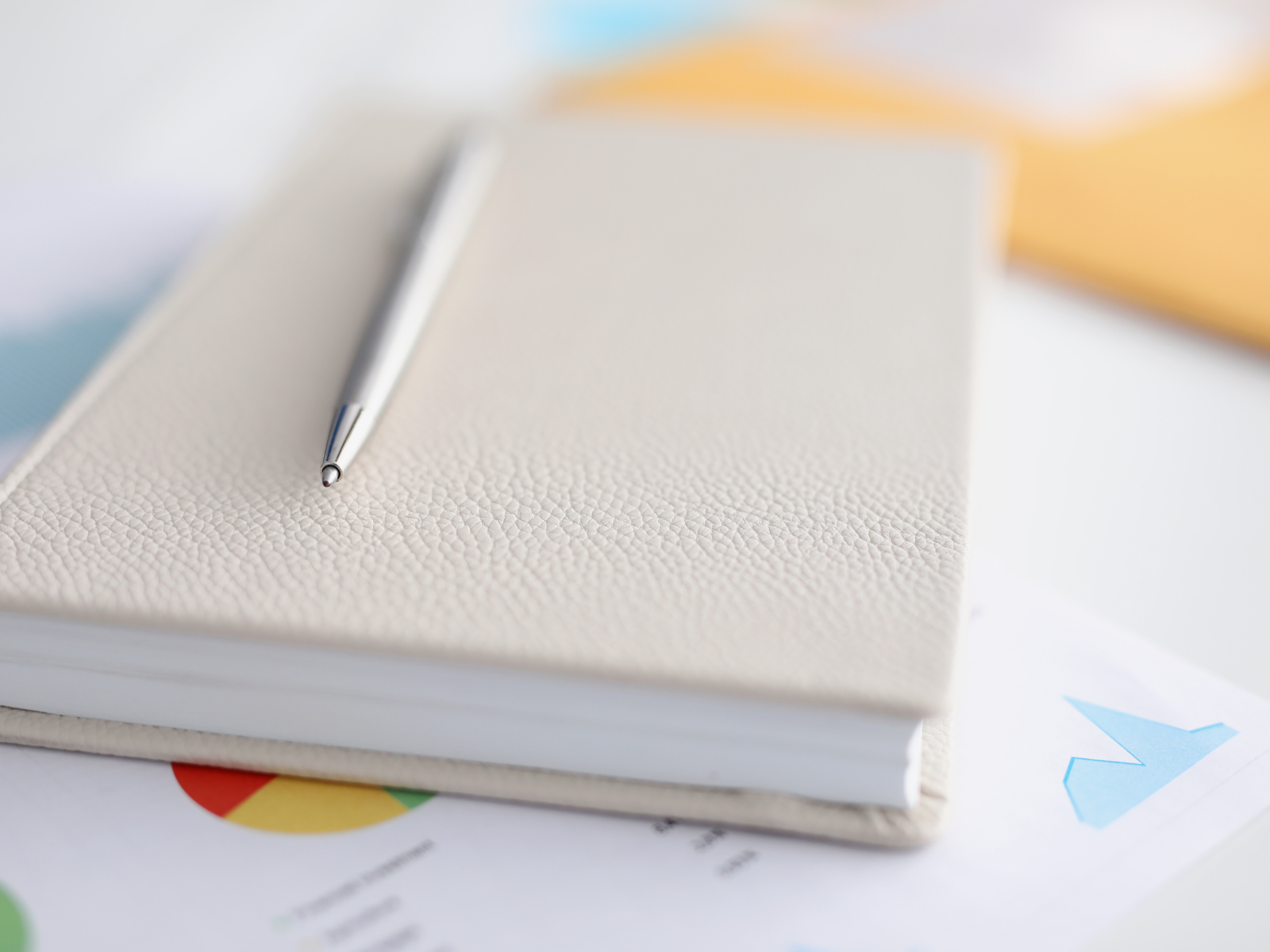
Mastering the Art of Layering in Journaling
Layering various materials and mediums is not just an artistic technique; it's a powerful metaphor for self-expression.
In creative journaling, layering can involve a combination thereof: papers, textures, and media to create a rich, tactile experience.
This method allows journalers to embed personal stories and emotions into each page, making the journal not only a visual delight but also an intimate artifact of one’s journey.
The strategic use of layering can significantly enhance the depth and interest of your journal pages.
Start with lighter materials like tissue or thin paper and gradually add heavier elements such as cardstock, fabric, or found objects.
Each layer contributes its unique texture and meaning, building up to a comprehensive narrative that is both compelling and uniquely personal.
This technique encourages a playful exploration of materials, inviting journalers to think about how different textures and elements interact on a page.
Fostering Self-Expression Through Journaling
Creative journaling stands as a beacon for self-expression, offering a canvas where thoughts and emotions can be explored and articulated without restraint.
This form of journaling is not just about putting pen to paper; it's about delving into the depths of your personal narrative and painting it with the colors of your unique experiences.
By engaging in this practice, individuals can uncover layers of their personality and emotions that might have been obscured by the hustle of daily life.
It's a process that encourages introspection and growth, making it a powerful tool for personal development.
Moreover, creative journaling allows for the expression of feelings that might be difficult to communicate verbally.
This method provides a private space where one can grapple with complex emotions, document dreams and aspirations, or simply unwind through artistic expression.
Whether it's through poetry, collage, or thematic storytelling, each page of a creative journal becomes a testament to the individual’s journey.
As such, it empowers people to gain control over their emotional narratives and fosters a sense of peace and understanding within themselves.
Enhancing Emotional Clarity Through Journaling
Creative journaling does more than decorate a page with whimsical sketches and vibrant splashes of paint; it serves as a mirror reflecting one's inner world.
This reflective practice helps in clarifying emotions, making it easier to navigate through feelings and understand them more profoundly.
By regularly documenting thoughts and emotions, journalers can detect patterns in their emotional responses and triggers, leading to better emotional management and resilience.
This ongoing process is akin to having a dialogue with oneself, where each journal entry helps to dissect and understand the complexities of personal feelings.
In addition to emotional clarity, creative journaling acts as a stress-relief tool, providing a break from the digital overload and fast-paced environment that characterize modern life.
The act of focusing on a physical activity such as drawing, painting, or writing can be incredibly therapeutic.
It shifts the mind away from stressors, allowing for a period of calm and mindfulness.
This not only rejuvenates the mind but also enhances one's mood and overall mental health.
Thus, creative journaling is not just an artistic endeavor; it's a form of self-care that nurtures the mind and soul.
Cultivating a Reflective Practice in Journaling
Creative journaling thrives on reflection; it's about turning the mirror inward and using the pages of your journal to sift through thoughts and experiences.
By dedicating pages to reflection, journalers can explore their inner landscapes, using the journal as a safe space to grapple with ideas, dreams, and challenges.
This practice can be particularly powerful when combined with regular entries, as it allows for continuous self-discovery and growth.
To effectively incorporate reflection into your journaling practice, consider setting aside time each week to review past entries and add thoughts or responses to them.
This ongoing dialogue with oneself not only deepens self-understanding but also enhances the journal’s role as a tool for personal development.
Reflective journaling can be a solitary activity or part of a larger community of journalers, offering a spectrum of insights and inspirations that fuel further creativity and introspection.
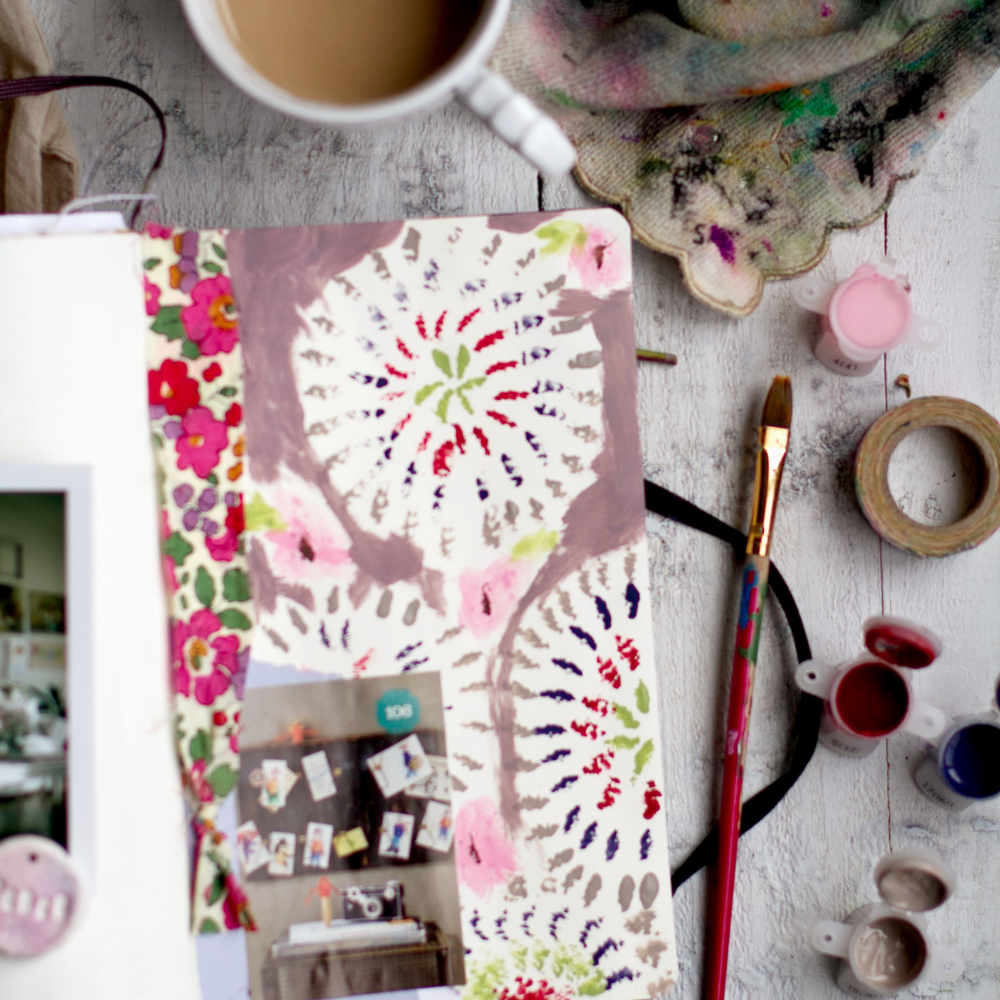
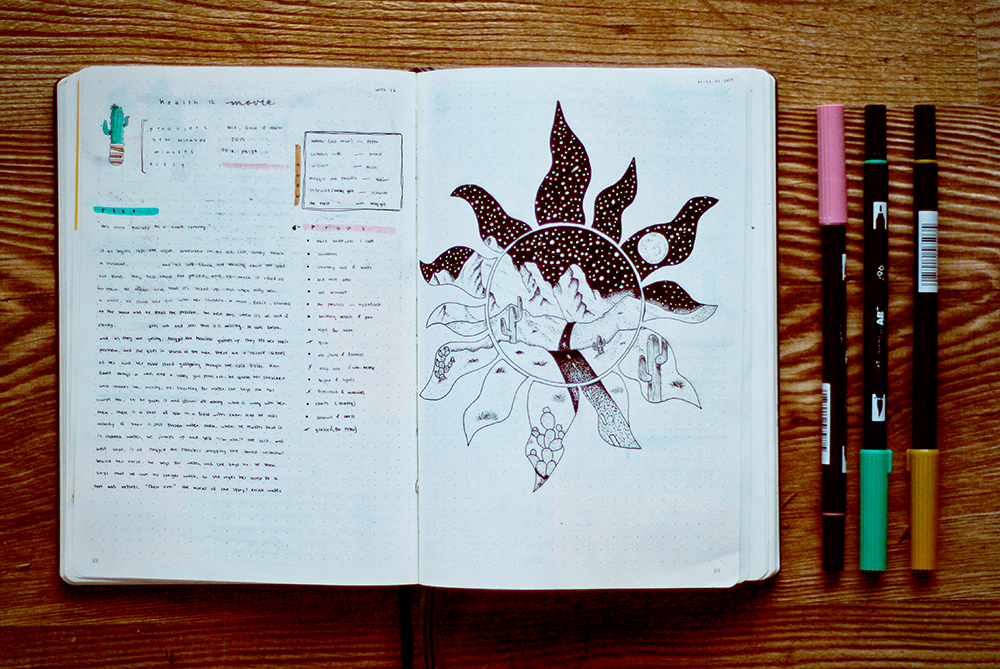
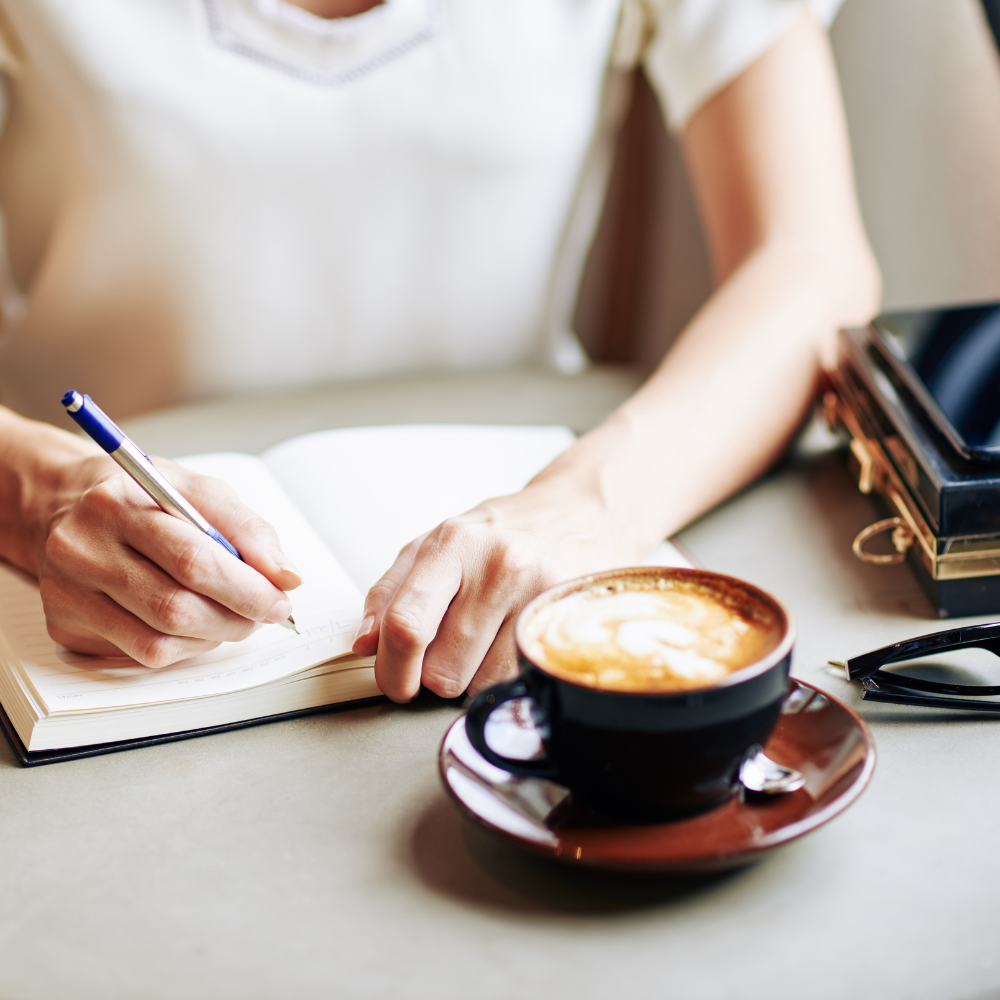
Integrating Visual and Literary Elements
In the world of creative journaling, the fusion of visual and literary elements can elevate your journal from a simple diary to a compelling piece of art.
The combination of text and imagery opens up new avenues for self-expression, allowing you to communicate in a more holistic way.
For instance, pairing a poignant poem with a watercolor landscape can enhance the emotional resonance of both the words and the picture, creating a powerful narrative that might not be conveyed by words or images alone.
This dynamic combination also catifies the journaling experience, making each page a potential masterpiece.
Visuals such as photographs, collages, or abstract designs can serve as metaphors or symbols, adding layers of meaning to the accompanying text.
By experimenting with different media, textures, and formats, you can discover unique ways to express complex thoughts and feelings, turning each page of your journal into a deeply personal yet universally resonant piece of art.
Art of Sketching in Creative Journaling
Sketching is a fundamental skill that can significantly enrich your art journaling experience.
It serves as a quick and effective way to capture ideas and moments, offering a raw and intimate glimpse into your thoughts.
Whether you're sketching a serene landscape or a bustling street scene, these drawings add a personal touch to your journal, making it more engaging and relatable.
Moreover, sketching is a fantastic way to hone your artistic skills and develop your unique style over time.
To integrate sketching into your art journal, start by carrying a small sketchbook or a section of your journal dedicated solely to drawing.
Use opportunities throughout your day to draw; these could be during your commute, at a café, or in nature.
Remember, the goal is not perfection but rather capturing the essence of what you see and feel.
Over time, these sketches will not only improve your drawing skills but also add a rich layer of storytelling to your art journal, making it a true reflection of your world.
Integrating Digital Tools in Creative Journaling
In today's digital age, integrating technology into creative journaling can open up new avenues for self-expression and idea generation.
Digital tools like tablets and styluses can be used to blend traditional drawing and creative writing with modern technology, offering a seamless transition between different forms of media.
This combination allows for endless possibilities in how you capture and visualize your thoughts, making it easier to revise and expand upon them throughout the whole day.
Additionally, using apps specifically designed for journaling can help organize your thoughts and keep track of your progress.
These digital platforms often feature options to add multimedia elements such as photos and links, and even collaborate with others.
For those who hope to share their journey or connect with like-minded individuals, many apps provide the ability to post updates and stick to a community.
This digital approach not only enhances the journaling experience but also helps maintain a regular practice, ensuring that your journey of self-expression and creativity continues to evolve.
Using Prompts to Overcome Blocks
Sometimes, the hardest part of journaling is starting a new page.
Use prompts to overcome this hurdle. Prompts can be visual—a photograph or a piece of art—or written, like a quote or a question.
They serve as a springboard for your creativity, helping you to focus and start writing.
Role of Color and Texture
Color and texture play vital roles in conveying emotions and setting the tone of your journal pages.
Experiment with different mediums like watercolor, acrylic paint, or pastels to see how they interact with the paper and each other.
Textural elements like sand, fabric, or embossing can add a tactile dimension to your work.
Regular Practice and Consistency
Like any creative process, regular practice is key to maintaining and improving your journaling skills.
Set aside time each day or week to update your journal.
This not only helps in honing your artistic abilities but also ensures that journaling becomes a part of your life, reflecting your growth and changes over time.
Connecting with Other Journalers
Joining a community of art journalists can be incredibly beneficial.
It provides an opportunity to share ideas, receive feedback, and stay motivated.
Look for online forums, social media groups, or local clubs where you can connect with others who are interested in art journaling.
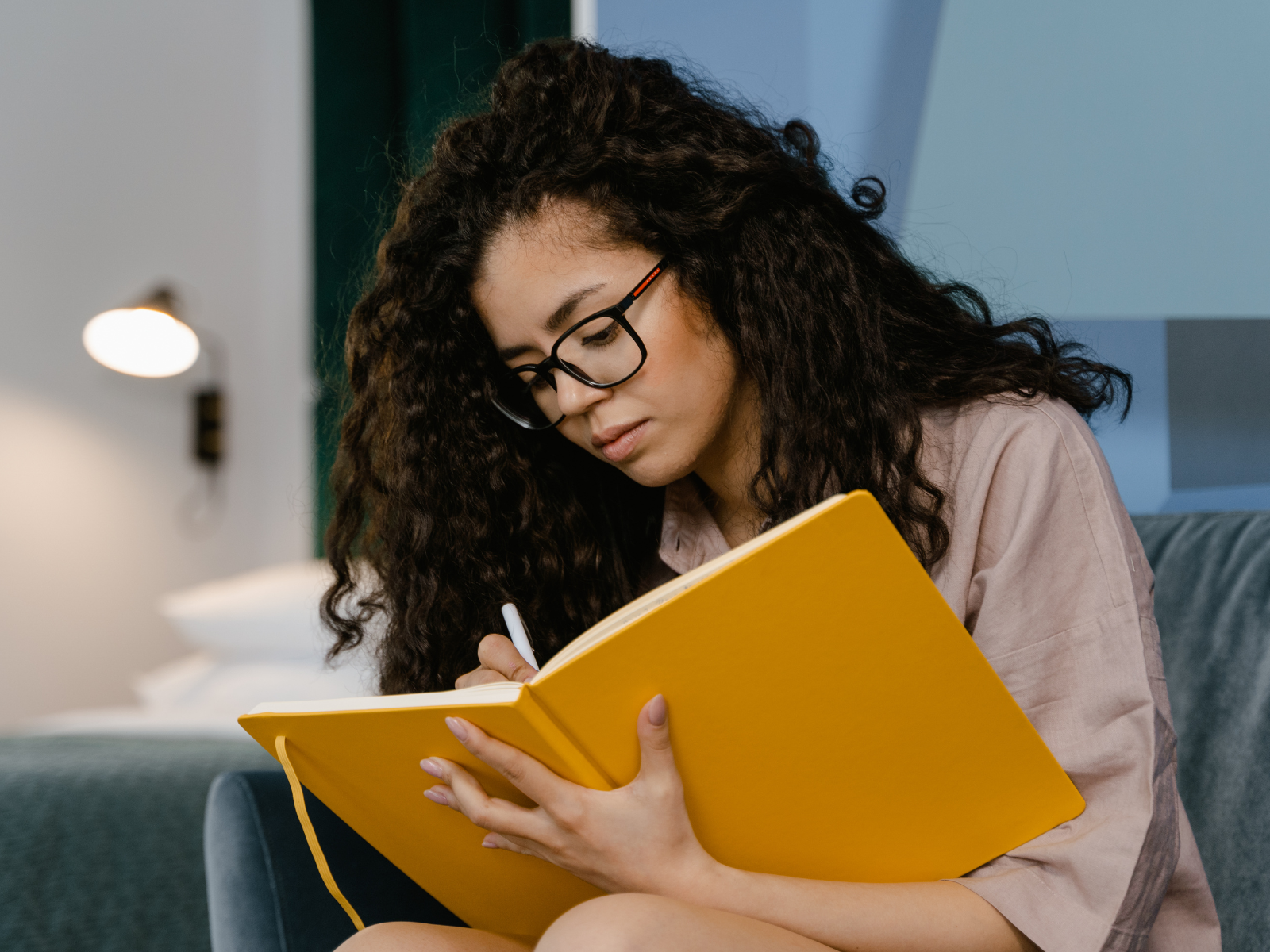
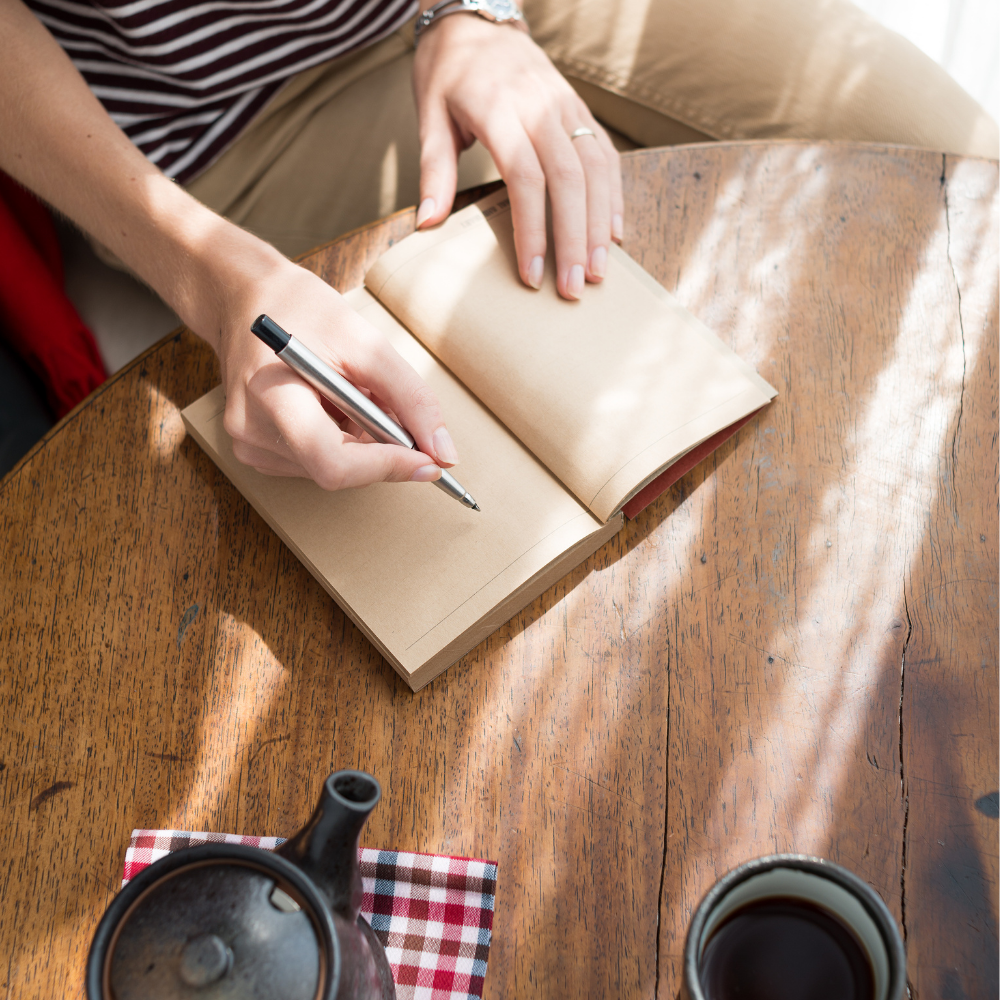

Evolving Your Journaling Style
As you become more comfortable with journaling, your style will naturally evolve.
Don’t be afraid to try new techniques, switch up your materials, or even completely change the direction of your journal.
This evolution is a natural part of the creative journey and reflects your personal growth as an artist and a writer.
Tap Into Creative Potential with Journaling
Creative journaling is a dynamic and fulfilling way to explore your artistic talents and express your thoughts and emotions.
As you embark on your creative journaling journey, remember that this is more than just a hobby—it's a gateway to exploring your inner self and unleashing your artistic potential.
With the right tools, a spirit of experimentation, and a supportive community, you can transform blank pages into a vibrant tapestry of your thoughts and dreams.
Stay consistent, keep your creative channels open, and most importantly, enjoy every moment of your artistic exploration.
Who knows what incredible insights and creations are waiting to spring forth from your newly cultivated practice of creative journaling?

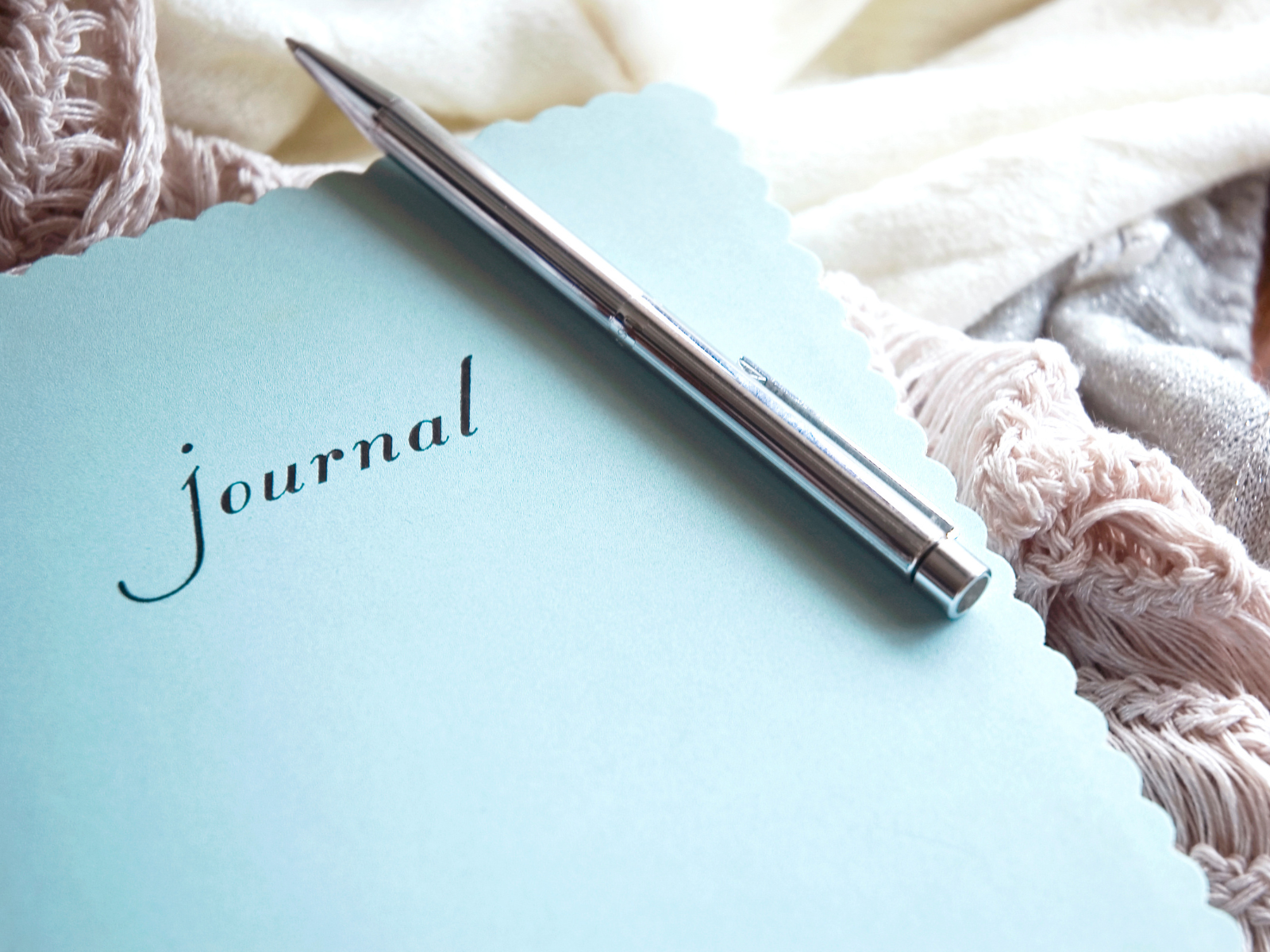
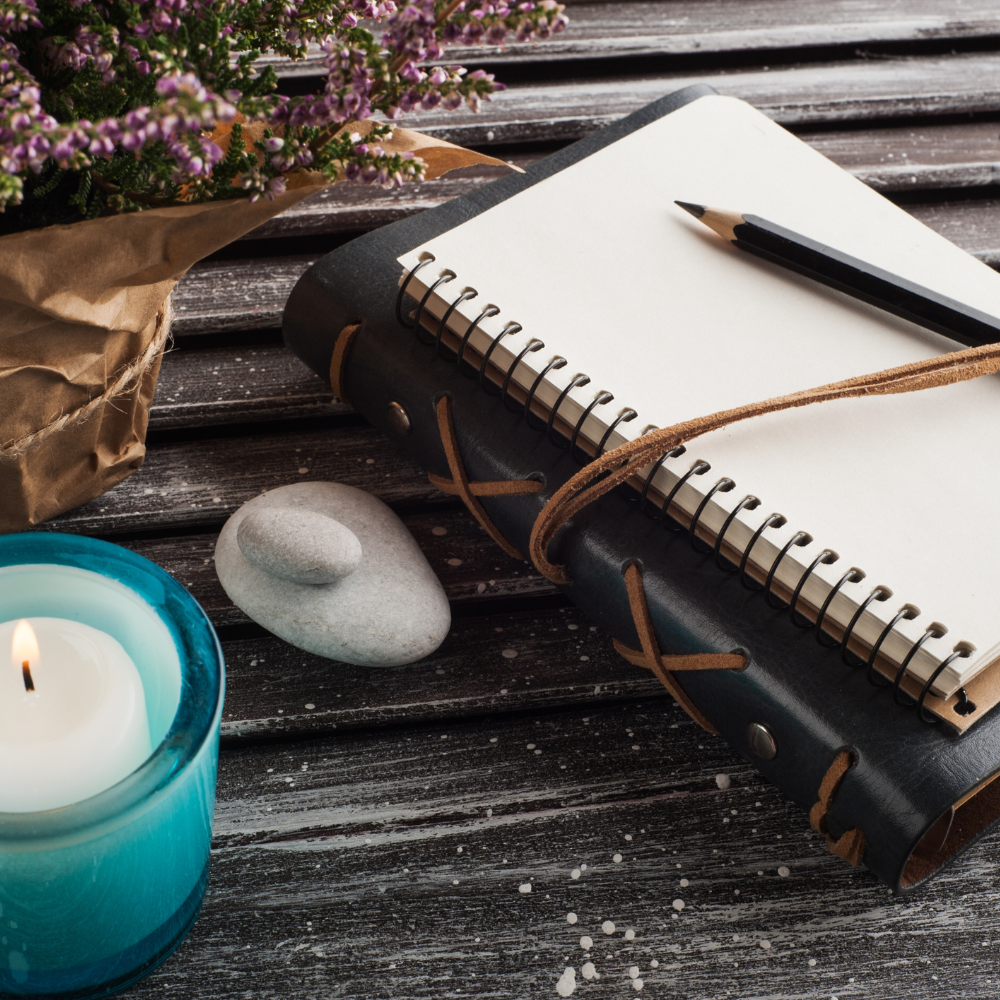
Journaling FAQs
Diving into the world of journaling can be both exhilarating and a bit daunting.
Whether you're picking up a pen for the first time or looking to deepen your existing practice, you likely have questions about how to get started, what materials to use, and how to stay inspired.
These Journaling FAQs are here to guide you through every step of your creative journey, offering expert advice and tips to make your journaling experience as enriching and enjoyable as possible.
From choosing the right journal to finding a community of like-minded creatives, we've got you covered on how to journal.
Let's unlock the pages to your artistic expression and personal growth and start journaling!
What is the best type of journal for a beginner?
For beginners, a mixed media journal is often recommended because it can handle a variety of art supplies such as pens, paints, and pastes without the paper warping or bleeding.
How often should I update my creative journal?
The frequency can vary depending on your schedule and interest, but starting with a few times a week can help you build a consistent habit.
Are there any online resources or communities for creative journaling?
Yes, there are numerous online platforms where you can find inspiration and connect with other journalers, including Pinterest, Instagram, and specific forums like Journaling Sage and Reddit’s journaling community.


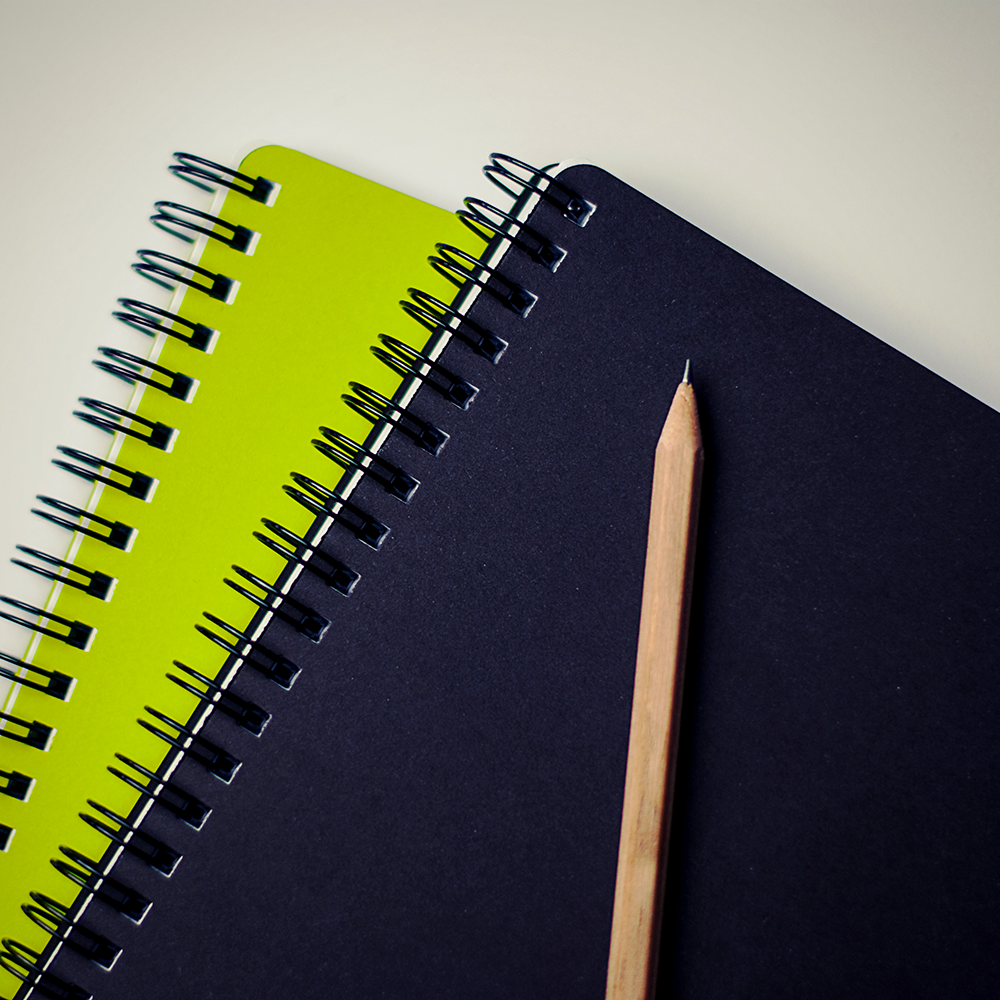
Ready to start a creative journal? Check out The Journal Life's video!
Want even more content about creativity and art?
Be sure to check out all of our creative chronicles!
Eager to learn more about journals and sketchbooks?
Check out some of our other articles:
-Is journaling a creative skill?
-What are the three types of journaling?
-What is the difference between a journal and an art journal?
-What's the difference between a sketchbook and an art journal?
